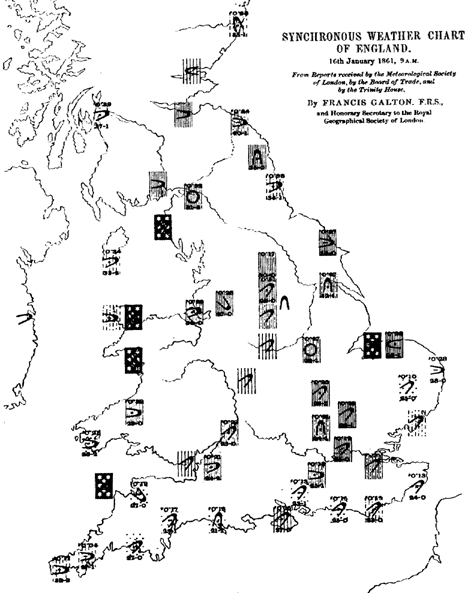

Nacreous clouds
Image: Nacreous clouds over Aberdeen on 29th January 2016
Credit: Stephane Gentile, Associate Fellow of the Royal Meteorological Society
Several rare sightings of nacreous clouds have been reported over the last few days, delighting cloud spotters, with photographs of the clouds coming from England and Scotland.
Also known as polar stratospheric clouds, these clouds are usually seen in polar regions. Nacreous clouds need temperatures below -78C to form. These extreme temperatures are only found much higher up in the atmosphere at altitudes of around 15-25km, known as the stratosphere. In contrast, the clouds we usually see form within the troposphere, the area of the atmosphere that extends up to around 10km.
Nacreous clouds only form in the polar winter, when the lack of sunlight helps temperatures to drop particularly low. In the Arctic, they are usually composed of nitric and sulphuric acid and only form within the Polar Stratospheric Vortex. The Arctic Polar Stratospheric Vortex moves around much more than the Antarctic one – therefore when it comes near the UK, we can see the clouds within it.
Also known as ‘mother of pearl’ clouds, they are best seen around sunrise and sunset, as the light shines through at a low angle and illuminates the clouds which are high up in the sky. As sunlight passes through the droplets, it diffracts, separating the colours into different wavelengths, creating the beautiful spectrum of colours that have been observed. Some people have assumed they are seeing the Northern lights due to the array of colours observed. However, the conditions have not been suitable for viewing the aurora.
Nacreous clouds are critical for the reactions which cause the destruction of ultraviolet-absorbing ozone. You can learn much more about nacreous clouds and ozone depletion on the Royal Meteorological Society's education site, MetLink.


